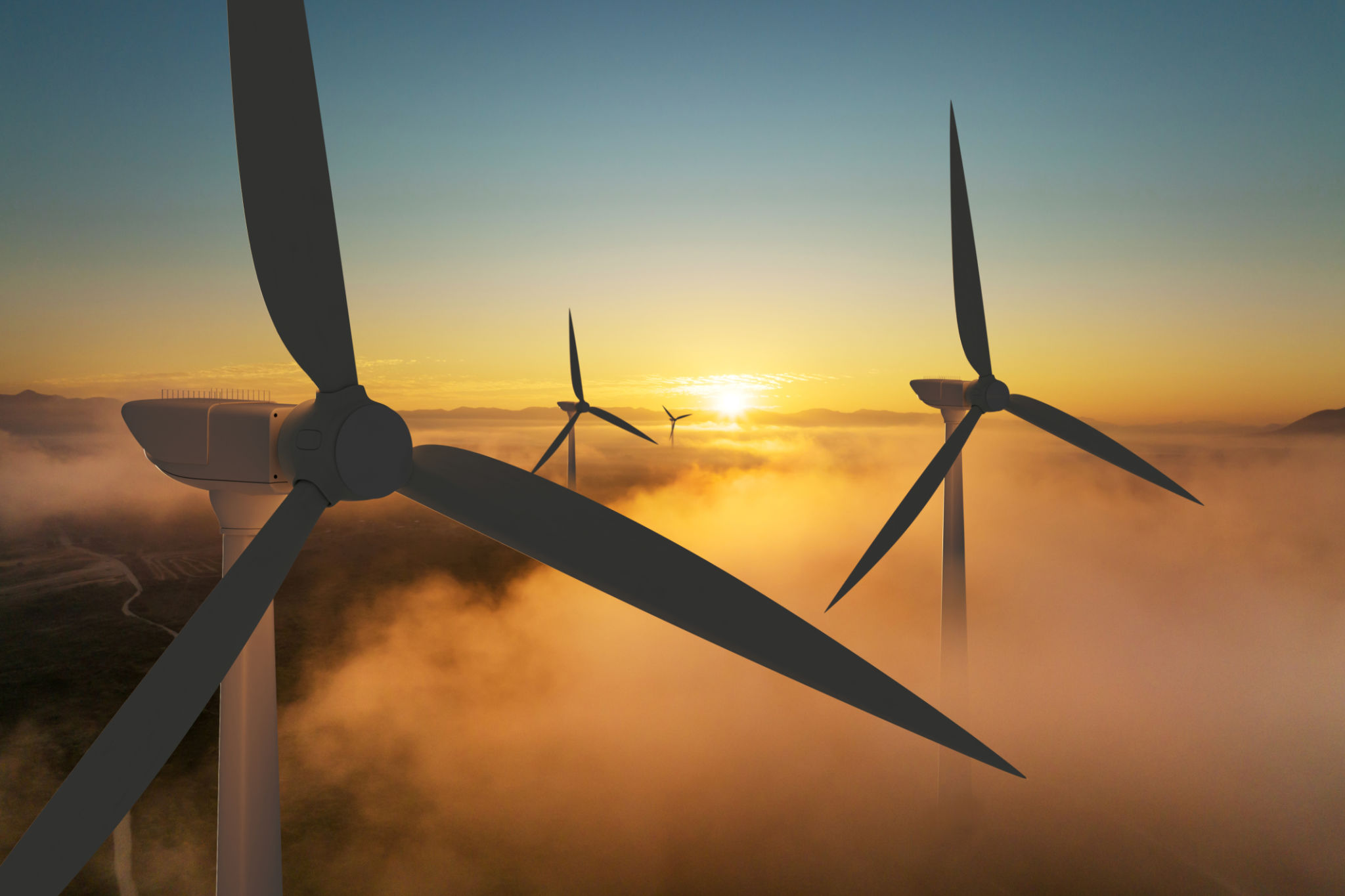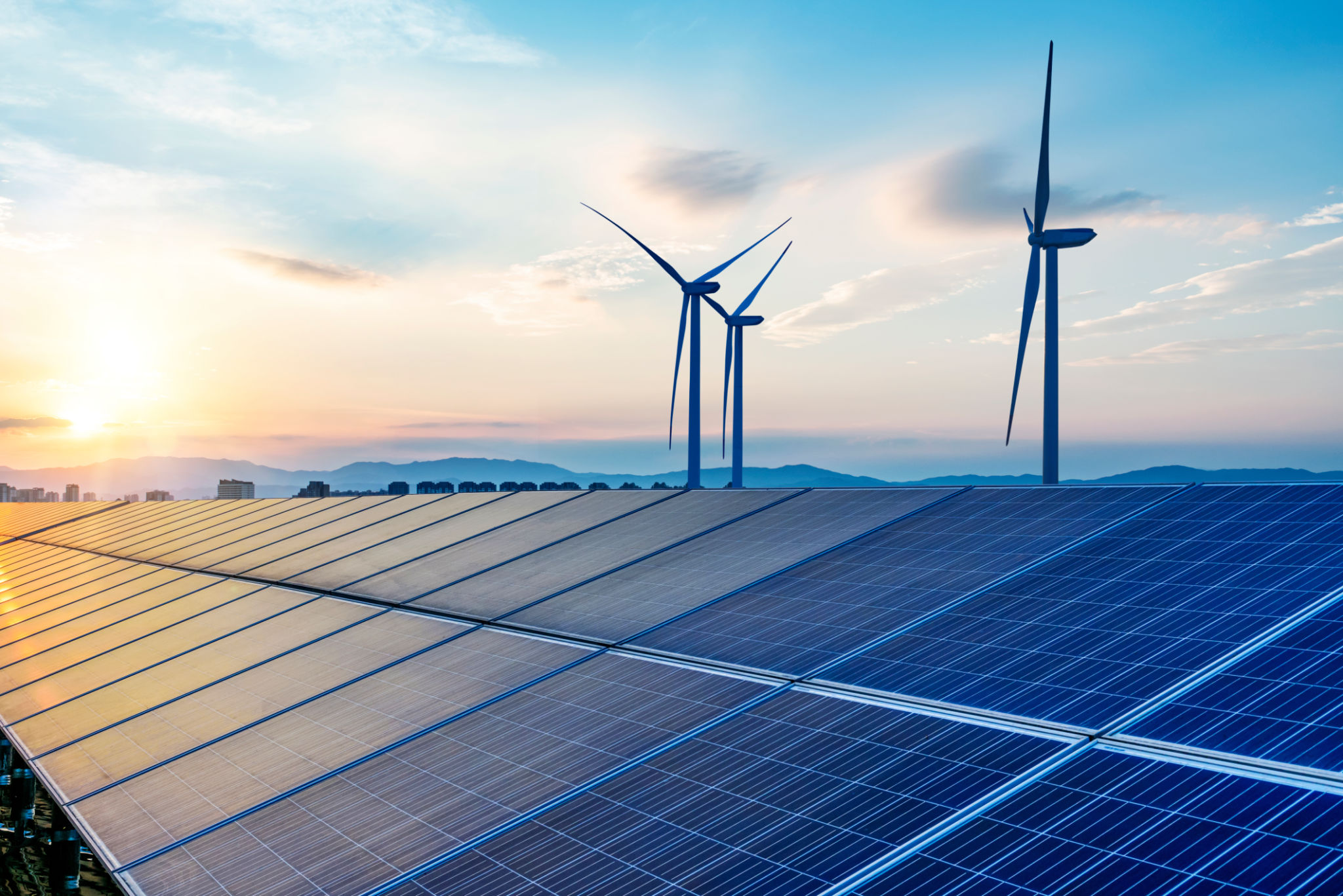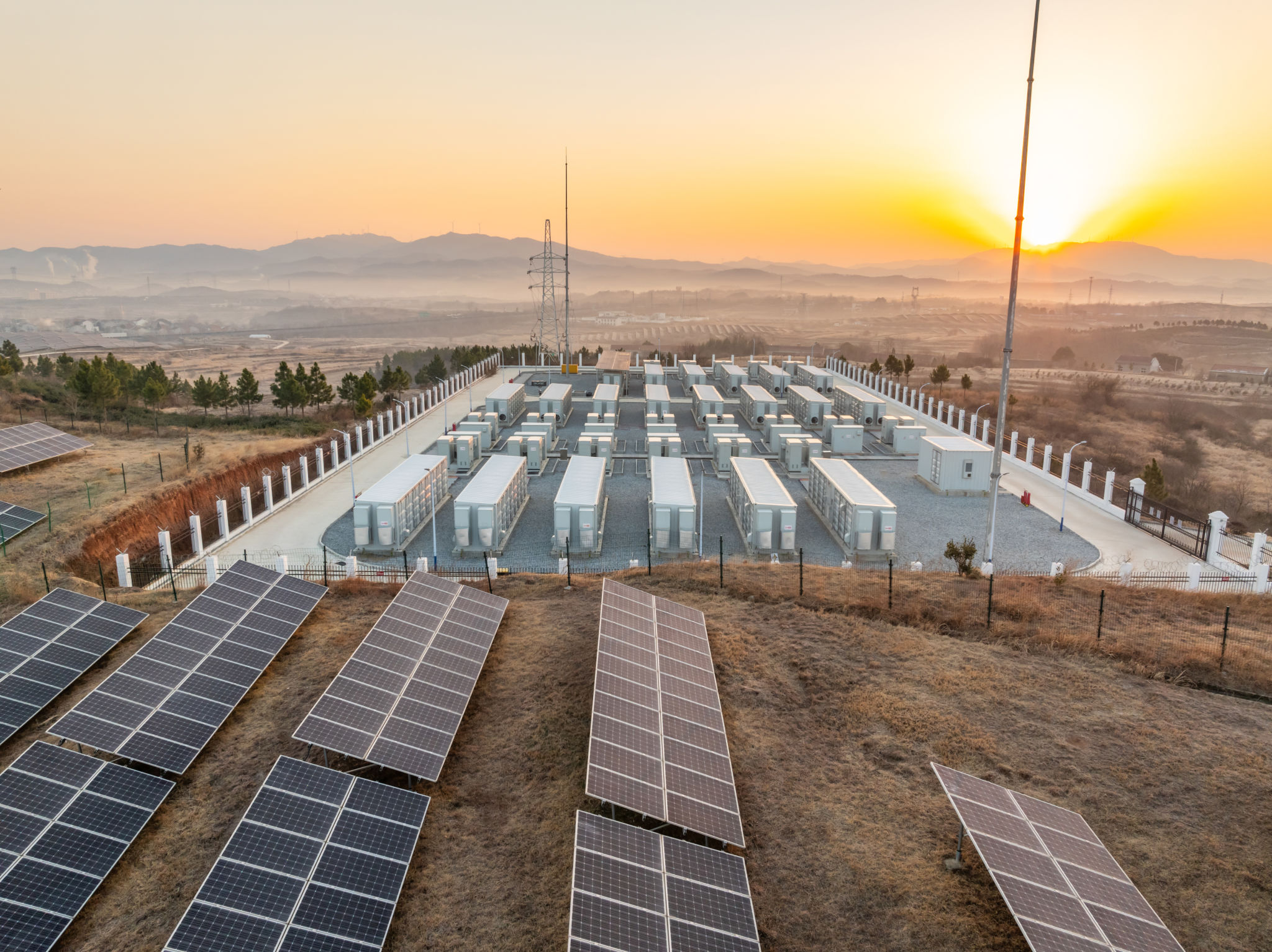Top Renewable Energy Investments: Opportunities and Challenges
Understanding the Rise of Renewable Energy Investments
As the world steadily shifts towards sustainable practices, renewable energy has emerged as a key player in the global energy market. Investors are increasingly drawn to this sector due to its potential for growth and its role in combating climate change. The transition from fossil fuels to cleaner energy sources is not just an environmental imperative but a lucrative financial opportunity.
Renewable energy encompasses various sources such as solar, wind, hydroelectric, and geothermal power. Each of these options presents unique opportunities for investment, driven by technological advancements and supportive government policies. However, alongside these opportunities come certain challenges that investors must navigate.

Opportunities in Solar and Wind Energy
Solar and wind energy are at the forefront of the renewable sector, offering significant investment prospects. The decreasing cost of solar panels and wind turbines has made these technologies more accessible, leading to widespread adoption. Solar energy, in particular, has seen exponential growth due to its scalability and the continuous innovation in photovoltaic technology.
Wind energy is equally promising, with offshore wind farms gaining traction due to their ability to generate substantial power. Countries like the United States, China, and parts of Europe are investing heavily in wind infrastructure, creating ample opportunities for investors willing to engage in long-term projects.

Challenges in Infrastructure and Storage
Despite the promising landscape, renewable energy investments face challenges, particularly related to infrastructure and energy storage. The intermittent nature of renewable sources like solar and wind requires effective storage solutions to ensure a reliable power supply. This necessity has spurred innovation in battery technology, although progress is still needed to achieve cost-efficiency and scalability.
Furthermore, the infrastructure required to support renewable energy projects can be extensive and costly. Grid integration remains a significant hurdle, as existing systems must be updated or entirely rebuilt to accommodate decentralized power sources. These infrastructure demands can pose substantial financial burdens on investors.

Policy Influence and Market Dynamics
Government policies play a crucial role in shaping the renewable energy landscape. Incentives such as tax credits, subsidies, and renewable portfolio standards have been instrumental in driving investment. However, policy shifts can also introduce uncertainty, potentially impacting investor confidence.
The market dynamics for renewable energy are influenced by global trends and geopolitical factors. For instance, international agreements like the Paris Accord facilitate cooperation among nations to reduce carbon emissions, creating a supportive environment for renewable investments. Conversely, trade disputes or political instability can disrupt supply chains and project timelines.
Diversifying Renewable Energy Portfolios
To mitigate risks, investors are advised to diversify their renewable energy portfolios. This strategy involves investing across different technologies and geographic regions to balance potential returns with associated risks. Diversification can protect investors from market volatility and policy changes that might impact specific sectors differently.
Additionally, emerging markets present new opportunities for renewable energy projects. Regions with abundant natural resources but limited infrastructure are attracting investments aimed at developing local energy solutions. These ventures not only offer returns but also contribute to global sustainability goals.

The Future of Renewable Energy Investments
The future of renewable energy investments looks promising as technological advancements continue to drive down costs and improve efficiency. Innovations such as floating solar farms and enhanced geothermal systems are expanding the possibilities within the sector. As these technologies mature, they will likely attract increased interest from both institutional and individual investors.
Ultimately, while challenges remain, the commitment to reducing carbon footprints and transitioning to sustainable energy sources is unwavering. Investors who navigate these challenges effectively stand to benefit from the evolving landscape of renewable energy, contributing not only to their portfolios but also to a more sustainable future.
